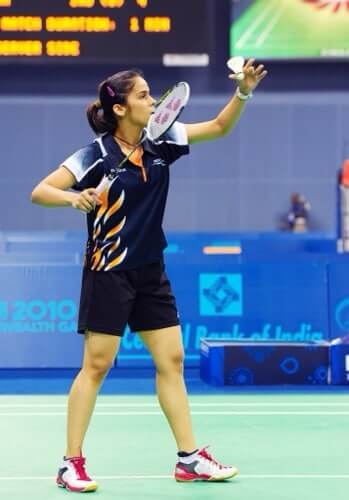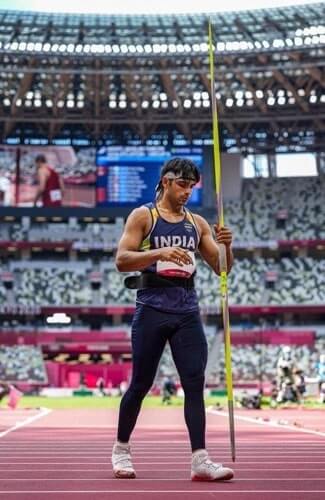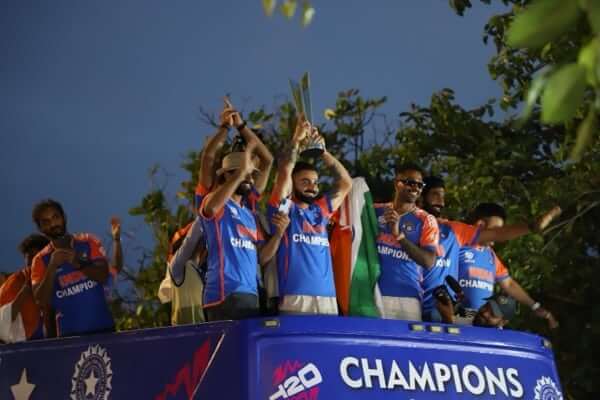India’s triumphant T20 World Cup campaign ended a 17-year drought after India’s surprise win in the inaugural ICC World T20 in 2007. Hindsight tells us that the 2007 edition was as momentous an event in cricket history as any other; it kick-started the IPL and the still-burgeoning franchise cricket phenomenon. The 2024 tournament may not have the same revolutionary impact, but it has still sparked a religious fervour that has followed the Indian team from the US, to the Caribbean, all the way to a parade on Marine Drive in Mumbai, in front of 300,000 exultant fans.
The veritable pilgrimage was yet another stark reminder of the 12th player that perennially accompanies the Indian national team onto the field: a guaranteed parochial “home” crowd, no matter the venue. Though cricket is perhaps one of the few sports where a “home advantage” doesn’t merely mean a supportive crowd, it’s obvious the sea of blue that washes over India games plays an enormous role, particularly in ICC tournaments where most teams play on neutral territory.

Spare a thought too, for those who may not have been celebrating with quite so much enthusiasm. For each time cricket takes (even more) centre stage in India, so too do other sports slump in collective disappointment. Not for a lack of patriotism, of course, but from a singular, all too familiar thought: when will they celebrate me?
To those in India who follow multiple sports, the dichotomy is painfully obvious: that India may have a cricket culture, but it doesn’t have a sports culture. It’s a peculiar state of affairs for a nation that participates in a relatively wide array of sports, albeit with varying degrees of success. Sports culture
Amongst the cautious detractors is former world number one in badminton, Saina Nehwal, one of relatively few household names amongst “other” Indian sports. “Sometimes, we feel so bad cricket gets that kind of attention, because if you see badminton, basketball, tennis and the other sports are so tough physically. You don’t even have time to pick up the shuttle and serve, and a game like cricket gets that kind of attention where I think personally, skill is more important than stamina or agility,” says Nehwal.
Nehwal admits that she, too, loves cricket. But as she notes, “you have to give that kind of attention to other sports so that India can become a sporting nation and compete with China for 60 Olympic medals.”
With the BCCI announcing an astonishing AUD$22 million bonus prize money for the victorious Indian squad, it’s little surprise that, as Nehwal laments, aspiring athletes in India overwhelmingly favour cricket over other sports. In fact, a single IPL contract could easily earn an Indian cricketer – male or female – more than they would in an entire career playing another sport at a national level.

With the Paris 2024 Olympics Games due to commence later this month, Indian Olympians will be breathing a sigh of relief. That’s because by then, the dust will have mostly settled on the T20 World Cup, and India’s athletes will be able to revel in the occasional limelight that is rationed to them.
But whether the limelight lasts long enough to make a difference is the real question. After all, the Tokyo 2020 Games unearthed gold-medallist javelin-thrower Neeraj Chopra, with medals also in weightlifting, wrestling, badminton, boxing and field hockey. Which of the other six medallists can you recall?





